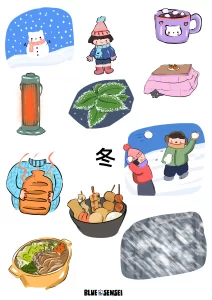
Winter in Japan: Festivals, Food, and Cozy Traditions
Whether you’re a fan of snowy adventures or prefer to stay cozy indoors, Japan’s winter season has something magical for everyone.
This article was generated by AI using the original script from the podcast “Tanabata by Kaori” recorded on July 7, Sunday at 14:00.
Hello everyone! Today, let’s explore the enchanting world of Tanabata (七夕), also known as the Star Festival, celebrated every year on July 7th in Japan. This beautiful festival has roots in Chinese mythology and has been cherished in Japan since the Heian period (794-1185). It’s a festival that beautifully symbolizes love, hope, and the joy of reunion.
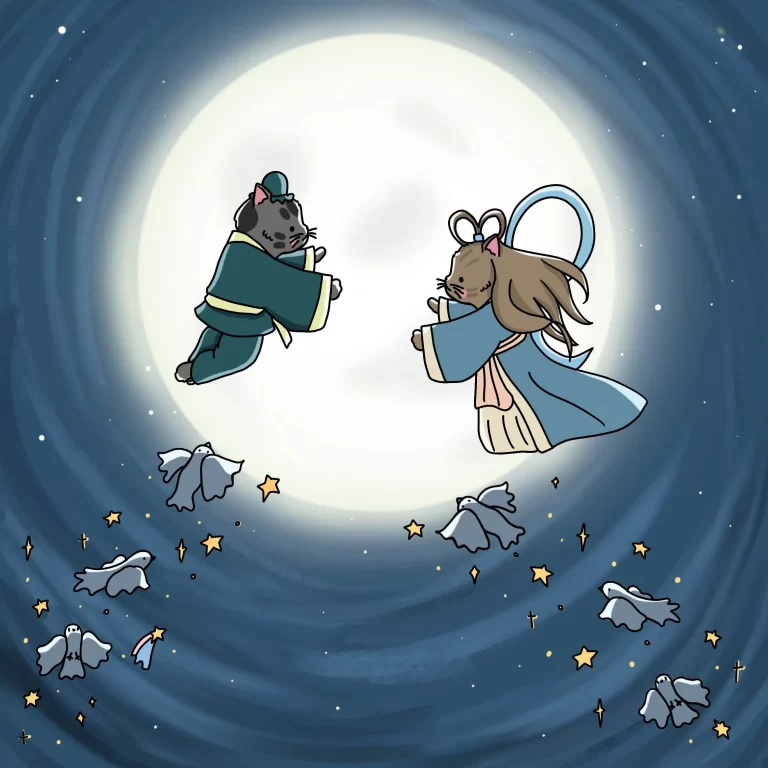
The story behind Tanabata is as captivating as the festival itself. It revolves around the romantic tale of Orihime and Hikoboshi, represented by the stars Vega and Altair. According to the legend, Orihime, the daughter of the Sky King Tentei, was a talented weaver who lived by the Amanogawa (Milky Way). She spent her days weaving beautiful fabrics, but her heart ached with loneliness.
Moved by his daughter’s sorrow, Tentei introduced her to Hikoboshi, a cowherd who lived on the other side of the Amanogawa. The two fell in love instantly and soon married. However, their happiness led them to neglect their duties; Orihime stopped weaving, and Hikoboshi’s cows wandered the heavens unattended.
Angered by their negligence, Tentei separated the lovers, placing them on opposite sides of the Amanogawa. Only once a year, on the seventh day of the seventh month, were they allowed to meet, provided they diligently completed their tasks. On this special day, a bridge of magpies would form over the Milky Way, allowing Orihime and Hikoboshi to reunite.
Tanabata is celebrated with various vibrant decorations and activities. Starting from late June, you’ll notice colorful paper decorations adorning bamboo branches all over Japan. These decorations include long paper strips (短冊, tanzaku) on which people write their wishes and hang them on the bamboo, much like our own wishing traditions.
The largest Tanabata festival is held in Sendai, where the streets are adorned with stunning decorations, and various cultural performances take place. Even if you can’t attend this grand celebration, many local communities across Japan host their own versions of Tanabata, complete with festive activities and star-gazing events.
Tanabata is more than just a festival; it’s a beautiful blend of culture, tradition, and the timeless tale of love and perseverance. Whether you’re in Japan or celebrating from afar, embrace the spirit of Tanabata, and may your wishes come true!
Happy Tanabata!

Whether you’re a fan of snowy adventures or prefer to stay cozy indoors, Japan’s winter season has something magical for everyone.
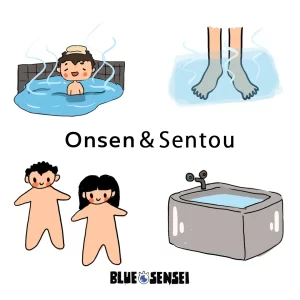
Today, I’m going to share with you one of my favorite recent hobbies: visiting Japanese hot springs (onsen) and public baths (sentou).

In this blog post, we’ll explore the historical roots of ninjas, their cultural impact, and how they’ve evolved in popular culture.
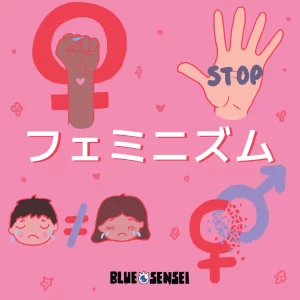
This blog aims to offer a surface-level understanding of how feminism is perceived and practiced in Japan today, combined with some personal reflections.
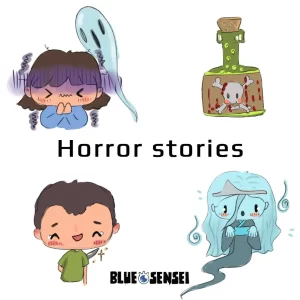
We’re stepping into the chilling world of Yotsuya Kaidan (四谷怪談)—arguably Japan’s most iconic ghost story.
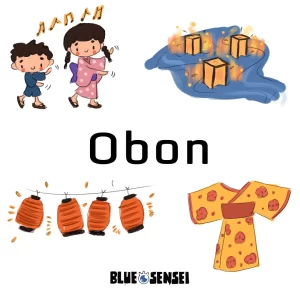
Welcome back to another cultural deep dive with Blue Eye Sensei! Today, we’re exploring one of Japan’s most important and spiritually rich festivals—Obon (お盆).